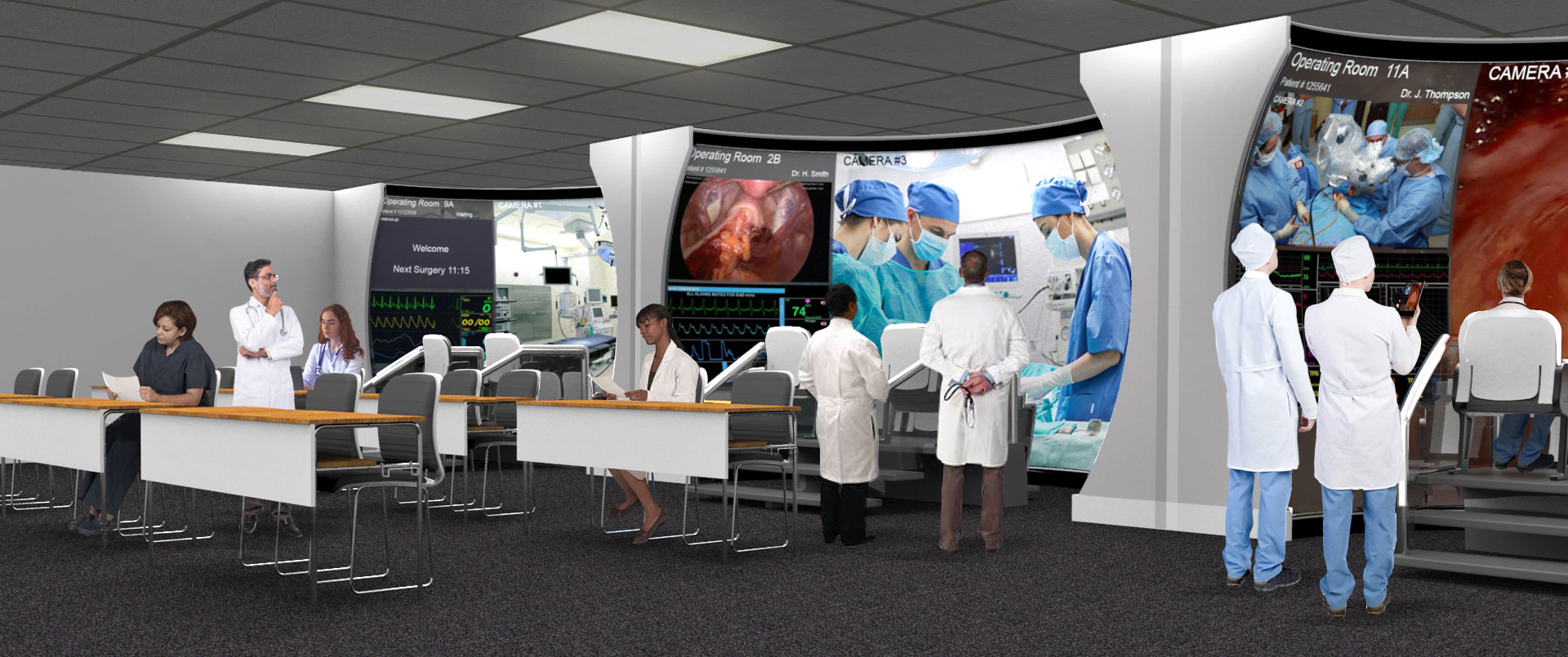VR applications in healthcare and medicine
When you think of virtual reality the first images that come to mind might be oversized goggles, movie studios, or maybe even science fiction plots. But VR has come a long way since its inception. In fact, one of the many ways in which VR technology has made enormous strides is as a medical tool. Saving lives, and applications aimed at improving the standard of care, are primed to be some of the next frontiers in immersive display environments.
The variety of ways to use VR in healthcare, and the ways in which VR medical treatment will revolutionize the field as the technology continues to develop, are mind-boggling. But it’s not just in the future: Doctors and other medical professionals are already employing it to visualize the inside of the human body noninvasively, as a teaching or training tool, and to better interact with patients awaiting surgery.
Starting with education
The use of VR medical treatment will be a boon to education especially. In fact VR medical training is at the forefront of medical advancement today. Nurses, physician assistants, and doctors in training will all learn and master cutting edge techniques using immersive display VR technology platforms.
Being taught to effectively use immersive virtual reality technologies will also help future physicians handle addiction recovery as well as assist in the treatment of other complex traumas.
Virtual environments will soon advance several additional areas of the health environment as well. To wit: Immersive FX’s DigiDome technology can be used to distract or soothe patients in order to facilitate a vastly improved rehabilitation experience, whether in general fitness or physical therapy.
Working with the best equipment
VR devices for the healthcare industry are already transforming the field of medicine. Walking patients through their procedures step-by-step, better training for laparoscopic surgeries, and more control over surgical robots are merely the beginning of VR’s uses.
However, VR is only one of the aspects of what’s known as XR, which also encompasses AR (augmented reality) and MR (mixed reality). All the different aspects of XR have the potential to be used as physician’s aids to break new ground in healthcare.

